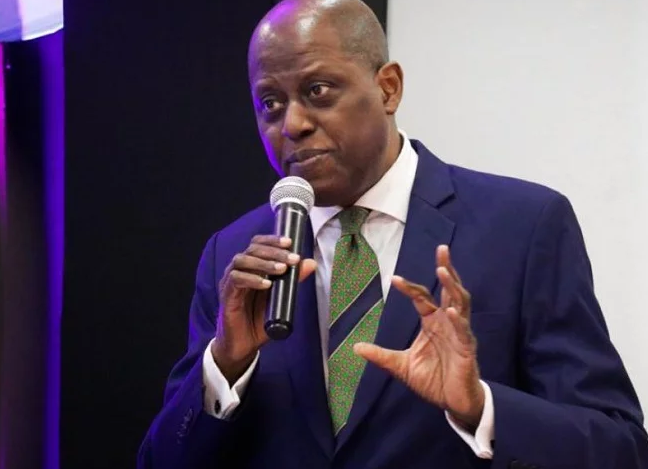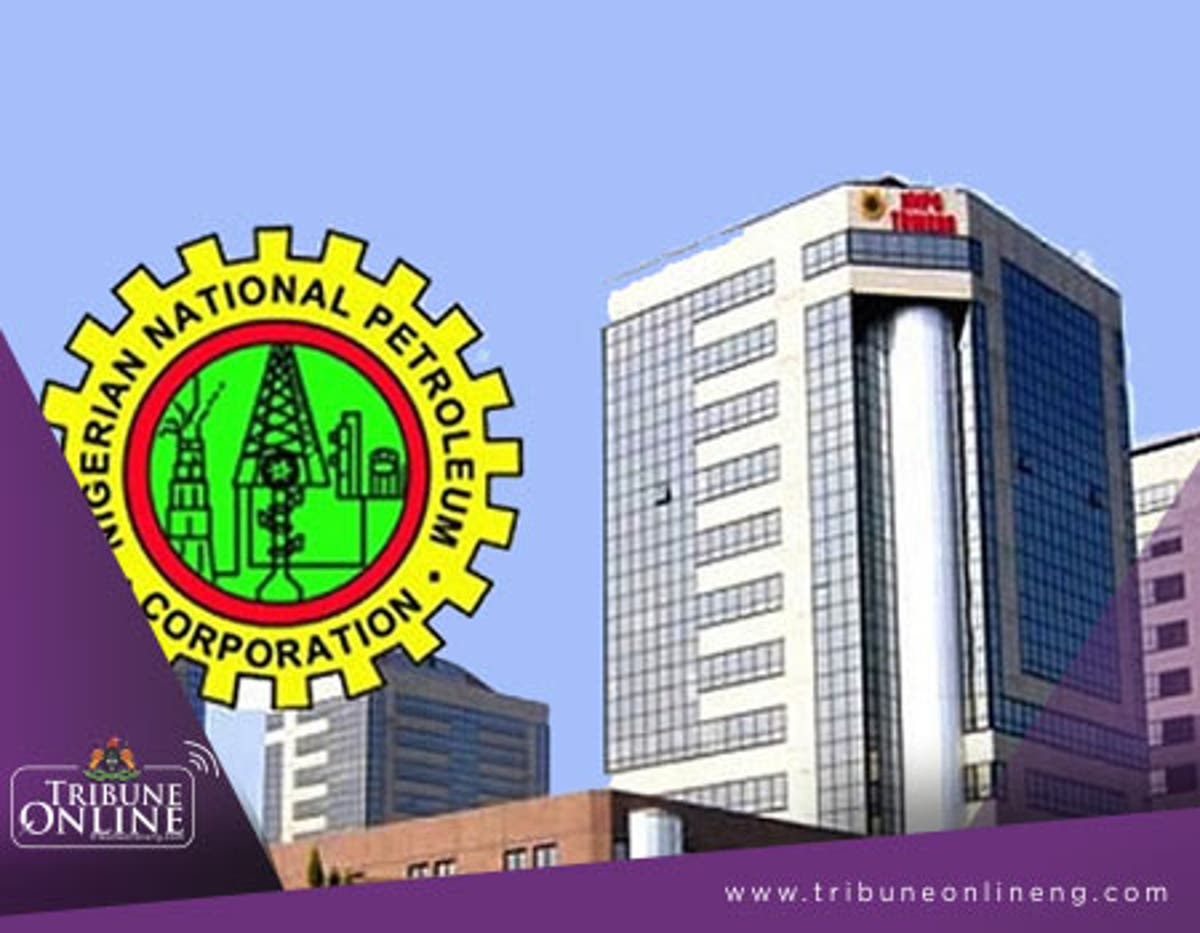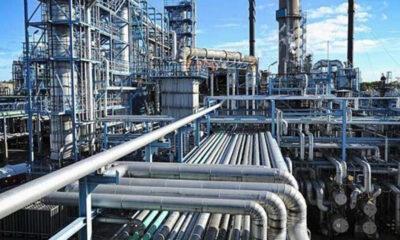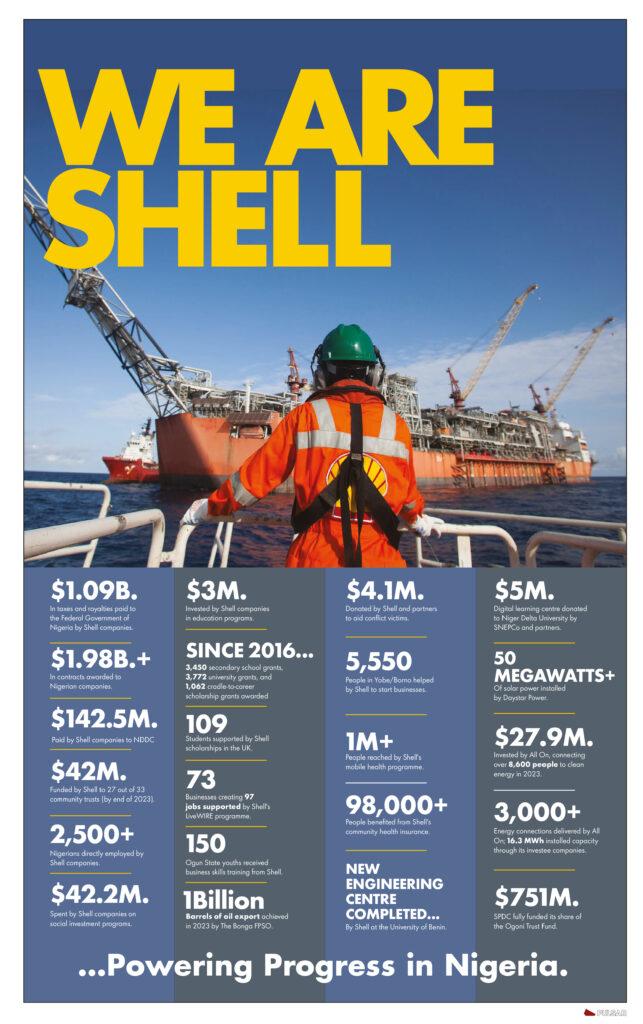Business
Subsidy: FAAC demands petrol consumption records from NNPC

The Federation Account Allocation Committee (FAAC) has asked the Nigerian National Petroleum Company (NNPC) to submit state-by-state consumption of Premium Motor Spirit (PMS), otherwise known as petrol, to its committee.
The directive is contained in the FAAC Post Mortem Sub-Committee (PMSC) final report submitted to the whole house at its July 2022 meeting in Abuja
The members noted: “Consumption of PMS has been a major concern to members and it was raised severally at the FAAC plenary.
“Therefore, in order to ascertain the consumption, the Sub-Committee also requested the relevant Agencies to submit the state by state consumption of PMS in the country for the year 2021.”
A FAAC member told The Nation: ”The state governments have had enough of NNPC’s shenanigans and arrogance in its handling of revenue meant for the Federation Account.”
The NNPC has not remitted a kobo into the federation account since the beginning of this year.
The company has reported to the committee that it cannot make the expected remittances because it spends all its revenue funding subsidy.
The Nation learnt that the last FAAC meeting was explosive as the state members took on the NNPC on the issue of subsidy.
READ ALSO:
- Just in: Buhari’s nephew quits APC after losing re-election ticket
- ASUU strike: Parents reply Keyamo, give conditions to beg lecturers
- Man Arrested After Luring Over 30 Women into Hotels; Robbed Them of Belongings
An ad-hoc committee was asked “to examine state by state consumption of PMS because of continuous deduction of the shortfall from the Federation Account; scrutinise Value Shortfalls (subsidy) deductions, and make appropriate recommendations to the FAAC Post Mortem Sub-Committee.
Before last month’s meeting, NNPC was asked “to furnish stakeholders with details of the Sinking Fund Account and to pay interest accruable on the amount withheld in respect of Miscellaneous, Gas, Ullage, Osubi and WHT inflows from 2014 to 2021 (if any)”.
The ad-hoc committee demanded to know from the NNPC why it kept revenue due to the Federation Account in a Sinking Fund Account for five years (2016- 2021).
In its response, the NNPC said: “In 2015, Mr. President approved the utilisation of dividend stream and all recovered outstanding legacy debt from the operations of AFAM IV and Okpai JV Independent Power Projects (IPPs) by NNPC Gas and Power Investment Company (NGPIC) for funding of future investments in other power projects.
“In 2016 She’ll Petroleum Development Company (SPDC) was advised with NNPC’s Sinking Fund Account pending the incorporation of NGPIC.”
The NNPC added that “all Proceeds from AFAM IV IPP being operated by SPDC were paid into this account in bulk.
“In the 2019 NEITI Audit exercise, it was realised that the proceeds received from AFAM IPP include other streams of revenue belonging to the Federation. After the Audit exercise, NNPC liaised and agreed with SPDC to segregate all payments made from 2016 into various streams.”
In 2020 NNPC said it “secured management approval and transferred what belonged to Federation Account.
NNPC advised SPDC to route all proceeds accruable to the Federation to the Oil and Gas Revenue Account with CBN while Power sales proceeds go into the NGPIC’s Account”.
It was also disclosed that “the National Economic Council (NEC) reviewed the impact of terminated Strategic Alliance Agreement entered into by Nigeria Petroleum Development Company (NPDC) in 2011 and 2013”.
Business
Nigeria’s foreign reserves in marginal increase, now $40.88bn

Nigeria’s foreign reserves in marginal increase, now $40.88bn
Nigeria’s foreign reserves rose to $40.88 billion as of November 21, the Governor of the Central Bank of Nigeria (CBN), Olayemi Cardoso, has said.
Cardoso disclosed this on Tuesday at a press conference after the Monetary Policy Committee’s 298th meeting in Abuja.
He said the external reserves grew from $40.06 billion at the end of October to $40.88 billion in November.
The amount represents an increase of $82 million or 2.05 per cent in 21 days.
“The external reserves rose marginally to 40.88 billion as of 21 November 2024, from 40.06 billion at the end of October 2024, available to finance 17 months of imports,” he said.
However, from the apex bank’s website, the increase in Nigeria’s foreign reserves showed $40.27 billion on November 22.
Cardoso also said, “The process of getting us where we are in terms of reserves has been a long one”.
“It is a clear indication that the policies we have put in place are certainly yielding fruits,” he added.
“However, and it’s very important to make a distinction here and to reiterate the fact that reserves are there for a multiplicity of different purposes, not least of which is to create buffers in the event of unanticipated shocks.
“So they are not there to simply whittle away. They are there to be used to more or less defend yourself where that becomes necessary
“And when we talk about shocks that are not anticipated, I think we can see how the global economies are.”
Cardoso also said the bank would continue to intensify efforts to stabilise the currency and prices.
The CBN governor said, “The currency has been stable compared to what it was in June”.
But he said for the value of the country’s currency to be stable, there must be increased exports and diversification of the economy.
Cardoso said diaspora remittance had increased due to policies put in place.
He commended those in the diaspora for helping the country accomplish over $600 million in remittances.
Business
Naira rises to N1,755/$ in parallel market

Naira rises to N1,755/$ in parallel market
The Naira yesterday appreciated to N1,755 per dollar in the parallel market from N1,770 per dollar on Monday.
Similarly, the Naira appreciated to N1,659.44 per dollar in the Nigerian Autonomous Foreign Exchange Market, NAFEM.
Data from FMDQ showed that the indicative exchange rate for NAFEM fell to N1,659.44 per dollar from N1,675.62 per dollar on Monday, indicating N16.18 appreciation for the naira. The volume of dollars traded (turnover) increased by 219.5 percent to $425.98 million from $108.79 million traded on Monday.
READ ALSO:
- Nigeria Customs returns 21 stolen luxury vehicles to Canada
- Pro-Wike Rivers lawmakers move to prevent probe of FCT minister tenure as governor
- Bianca raises hope Tinubu will free Nnamdi Kanu to restore peace in South-East
Consequently, the margin between the parallel market and NAFEM rate narrowed to N95.56 per dollar from N117.38 per dollar on Monday.
Naira rises to N1,755/$ in parallel market
Business
PH refinery to blend 1.4-million litre petrol daily – NNPC

PH refinery to blend 1.4-million litre petrol daily – NNPC
Rehabilitated old Port Harcourt refinery is currently operating at 70 per cent of its installed capacity, the Nigerian National Petroleum Company Limited has said.
The Port Harcourt Refining Company (PHRC) operates two refineries: the old refinery with a capacity of 60,000 barrels per stream day (bpsd) and a new refinery with an installed capacity of 150,000 bpsd.
The NNPCL in a statement on Tuesday, said it planned to increase the operation to 90 per cent of the refinery’s capacity.
“The Board and Management of the Nigerian National Petroleum Company Limited (NNPC Ltd) express heartfelt appreciation to Nigerians for their support and excitement over the safe and successful restart of the 60,000 barrels-per-day Old Port Harcourt Refinery,” the statement reads.
“This achievement marks a significant step forward after years of operational challenges and underperformance.
“We are, however, aware of unfounded claims by certain individuals suggesting that the refinery is not producing products. For clarity, the Old Port Harcourt Refinery is currently operating at 70% of its installed capacity, with plans to ramp up to 90%.”
According to NNPC, the refinery has commenced production of daily outputs of straight-run petrol (naphtha), which is blended into 1.4 million litres of petrol.
The national oil company said the refinery has also started producing 900,000 litres of kerosene per day and 1.5 million litres per day of diesel.
The NNPC said 2.1 million litres daily volume of low-pour fuel oil (LPFO) would also be produced at the refinery, adding that additional volumes of liquefied petroleum gas (LPG) will be refined at the plant.
“It is worth noting that the refinery incorporates crack C5, a blending component from our sister company, Indorama Petrochemicals (formerly Eleme Petrochemicals), to produce gasoline that meets required specifications,” NNPC said.
“Blending is a standard practice in refineries globally, as no single unit can produce gasoline that fully complies with any country’s standards without such processes.”
Additionally, the NNPC said it has made substantial progress on the new Port Harcourt refinery, “which will begin operations soon without prior announcements”.
“We urge Nigerians to focus on the remarkable achievements being realized under the able and progressive leadership of President Bola Tinubu and to support efforts aimed at delivering more dividends to the nation,” the energy firm said.
According to the statement, malicious attacks on “clear progress” only undermine the “significant strides made by NNPC Ltd and the country”.
-

 metro1 day ago
metro1 day agoBREAKING: Port Harcourt refinery begins operation
-

 Business3 days ago
Business3 days agoJust in: Dangote refinery reduces petrol price for marketers
-

 metro2 days ago
metro2 days ago40-foot container falls on car in Lagos
-

 Politics2 days ago
Politics2 days agoLagos 2027: Seyi Tinubu campaign team releases his life documentary
-

 Education19 hours ago
Education19 hours agoUS University opens 2025 scholarships for international students
-

 International2 days ago
International2 days agoTrump to sack 15,000 transgender officers from U.S. military: Report
-

 Entertainment2 days ago
Entertainment2 days agoPolygamy best form of marriage for Africa – Okey Bakassi
-

 Sports20 hours ago
Sports20 hours agoFrench football star, Paul Pogba’s blackmail trial begin in Paris














